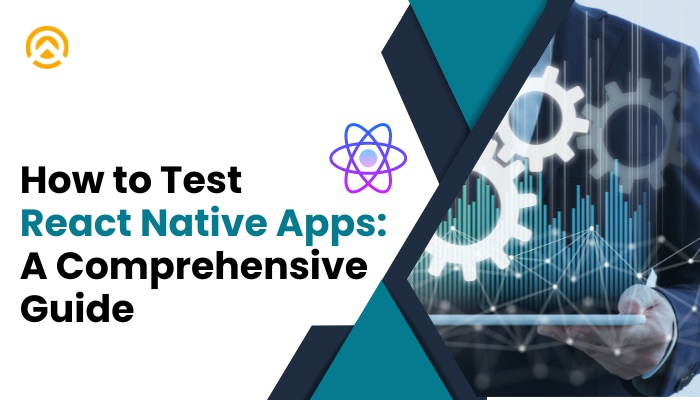React Native is an open-source framework that enables developers to build native mobile applications for iOS and Android using a single codebase. With its growing popularity, more and more businesses are looking to hire React Native developers to build their mobile apps. However, developing a mobile app is only the first step. It is crucial to test the app thoroughly to ensure its quality and performance. In this article, we will discuss how to test React Native apps, covering both manual and automated testing techniques.
Manual Testing
Manual testing involves testing the app manually, without the help of any automated tools. Here are some of the manual testing techniques you can use to test your React Native app:
a) Functional Testing: This involves testing each feature of the app to ensure it works as expected. You can use a test plan or checklist to ensure that all features of the app have been tested.
b) Usability Testing: This involves testing the app’s usability and user interface to ensure that it is user-friendly and easy to navigate.
c) Compatibility Testing: This involves testing the app on different devices, operating systems, and screen sizes to ensure that it works correctly on all devices.
d) Performance Testing: This involves testing the app’s performance under different conditions, such as slow network speeds or low battery levels.
Automated Testing
Automated testing involves using software tools to test the app automatically. Here are some of the automated testing techniques you can use to test your React Native app:
a) Unit Testing: This involves testing each module of the app individually to ensure that it works correctly.
b) Integration Testing: This involves testing how different modules of the app work together.
c) End-to-End Testing: This involves testing the entire app, from the user interface to the back-end.
d) Regression Testing: This involves testing the app after each change or update to ensure that it still works as expected.
To implement these testing techniques, you can use various testing tools, such as Jest, Enzyme, and Appium. These tools can help you automate the testing process and ensure that your app is tested thoroughly.
Best Practices and Tools for Success
1. Conduct User Acceptance Testing (UAT): User acceptance testing involves testing the app with real users to ensure that it meets their expectations and requirements. You can conduct UAT by recruiting a group of users to test the app and provide feedback on its usability, functionality, and user experience.
2. Use Real-Device Testing: It is essential to test your React Native app on real devices to ensure that it works correctly on different hardware and software configurations. You can use services like Firebase Test Lab or AWS Device Farm to test your app on real devices.
3. Implement Continuous Integration and Continuous Deployment (CI/CD): CI/CD is a development approach that involves integrating and testing code continuously to ensure that it is stable and functional. You can use tools like Jenkins, CircleCI, or Travis CI to implement CI/CD for your React Native app.
4. Test Your App in Different Environments: It is essential to test your React Native app in different environments, such as development, staging, and production, to ensure that it works correctly in each environment.
5. Monitor Your App After Release: Even after your React Native app is released, it is essential to monitor it for issues and bugs. You can use tools like Firebase Crashlytics or Sentry to monitor your app’s performance and identify any issues that arise after release.
By following these tips, you can ensure that your React Native app is thoroughly tested and performs well in the market. Testing is a crucial part of the app development process, and by testing your app thoroughly, you can ensure that it meets your users’ expectations and requirements.
Read more: Key Elements of a Successful MVP Software Development
Conclusion
Testing is a crucial part of the app development process, and it is essential to ensure that your React Native app is thoroughly tested to ensure its quality and performance. By using manual and automated testing techniques, you can identify and fix any issues in your app before it is released to the market. Whether you are building a new React Native app or updating an existing one, testing should be an integral part of your development process. If you are looking to hire React Native developers, ensure that they have experience in testing React Native apps to ensure that your app is tested thoroughly.


No comments yet